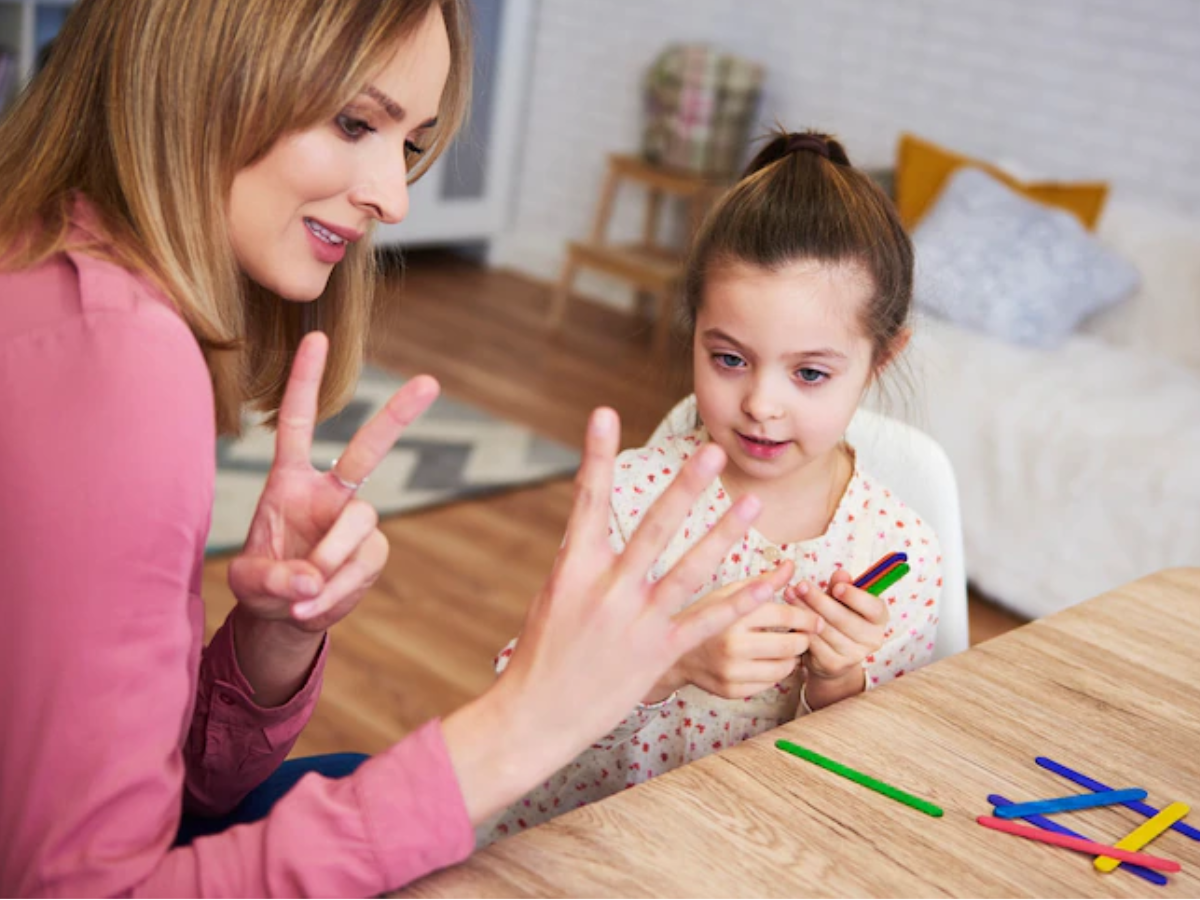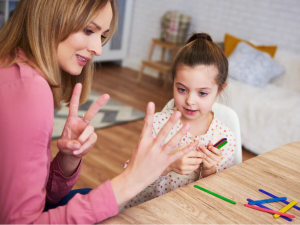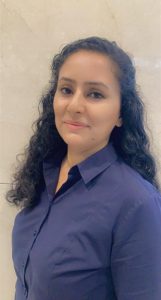Bridging the Foundational Learning Gaps in students: Decoded
- 21 June 2022


“ Whoever teaches learns in the act of teaching and whoever learns teaches in the act of learning ” wrote the Brazilian pedagogue Paulo Freire in his famous book ‘Pedagogy of Freedom’ (1996).
Despite the overwhelming consequences of the pandemic, this global crisis has also been an extraordinary time for learning. We learned how adaptable and resilient educational systems, teachers, students, and families can be. The impact of the COVID-19 pandemic has been excessively felt by students in early primary grades who were largely dependent on their parents and siblings to access any form of home learning.
As a Home Room Teacher of Grade 3, I sensed almost two years of crucial foundational learning had been virtual/hybrid for these students and during this course of time, most of the students were struggling to learn using the online platforms. The gaps were not strongly visible in a virtual class but as soon as they entered the physical class, I felt these gaps were evidently visible and required attention.

Foundational reading and mathematical skills are the building blocks for accessing higher-order skills in later stages of learning. Unfortunately, those who miss out on these skills in early grades face difficulty in catching up later. Pioneering the practices of best international schools, we at Oakridge Mohali have a ‘Bridging Program’ for the students for learning gaps.
Being closely associated with Grade 3 students from past four years, I have narrowly observed this age group. I could easily sense and feel the necessity of taking the bridge course with little personal approach this time to the classes to cover the learning gaps.
An early-primary student entering school after two year of virtual learning is expected to know a certain grade level content. In the initial month the focus should be on identifying and strengthening the content of previous year/grades which helps to build the foundation and the prior knowledge of the student. Analysis of previous year assessment, especially the skill focused ones, can ease the planning and can help in identifying the gaps.

Further breaking down the content into skill focused topics followed by pre-assessment, helps to assess where students are and supports in strengthening our planning to address the major gap. The modular approach to teaching always helps teachers to plan their time effectively throughout the year.

While developing a curriculum for bridging, the focus on the essential skills ensures that the students are able to acquire all aspects of the topic and are equipped to apply the acquired knowledge to different contexts. Giving importance to incorporate substantial component of Socio-Emotional Learning (SEL) into the curriculum, helps children cope with the negative psychosocial impact of the pandemic. Activities for SEL such as circle time, LAF (Love, Appreciation, Fun) engagements, free play, munch/lunch parties with students, should be part of the regular teaching and learning time, especially in the first few months after schools reopened physically for them. Research suggests that SEL can increase academic performance—the positive impacts of which last longer if implemented effectively.

Including regular classroom assessment as a critical part of teaching and learning helps teachers to modify their teaching according to their students’ need. Additionally, assessing student’s learning as they return to physical school helps in identifying where children are and further supports in addressing the area of focus using different strategies.
Along with the design, the implementation of bridge program should be thoughtfully planned to ensure the purpose is met. To implement the program effectively we must include:

A carefully designed and thoughtfully executed bridge program can be instrumental in turning learning loss into learning gains. As we come out of this pandemic, we cannot expect our children to run before they can walk.
Being one of the best IB school in Mohali, we believe in quality education. So, to bridge learning gaps, we try to step back, reflect, design, and work on a system that helps our children thrive rather than survive.
Thoughts by:

Ms. Ruchi Dhanta
Home Room Teacher, Grade 3, Oakridge International School Mohali

Hyderabad, Gachibowli

Hyderabad, Bachupally

Visakhapatnam

Mohali
Bengaluru